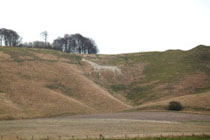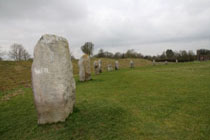Bishopstone is a very attractive village on the spring line on the north edge of the Berkshire Downs overlooking the Vale of White Horse. The village is on the route of the ancient Icknield Way and, high in the Downs, half a mile to the south is the Ridgeway national trail.
Near the centre of the village there is a large mill pond and in parts of the village, especially near the end of the mill pond in an area known as The City, there are lovely "chocolate box" cottages, many thatched and many with chalk stone walls. Those in The City are particularly picturesque as they overlook a pretty spring-fed pond.
The road through the centre of the village is called Hockerbench which apparently is where "Aldermen of the Hocker Bench" presided every year over the Hocktide revels. The revels celebrated the death of Harthacnut who was King of England between 1040 and 1042. Harthacnut was a particularly disliked son of King Canute.
Hocktide was a medieval English festival which was generally celebrated on the second Tuesday after Easter. The men of the village would tie up the women and demand a kiss for their release. The following day the women would tie up the men and demand money for their release which would go to Parish funds. It is suggested that it celebrates the massacre of the Danes in the 11th Century by King Ethelred the Unready. Hocktide celebrations have died out apart from in Hungerford which still practices the tradition of Hocktide though in a modified form!
On the downs above Bishopstone there are impressive ancient field systems known 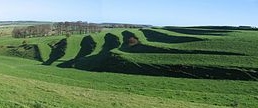 as strip lynchets and many other historic earth-workings. Lynchets are a feature of ancient field systems. Some believe that they were passively formed under the long-term action of gravity and weathering on the loosened soil of a ploughed slope, while others believe they may have been intentionally formed to prevent erosion and slippage of the ploughed slope.
as strip lynchets and many other historic earth-workings. Lynchets are a feature of ancient field systems. Some believe that they were passively formed under the long-term action of gravity and weathering on the loosened soil of a ploughed slope, while others believe they may have been intentionally formed to prevent erosion and slippage of the ploughed slope.
The parish church, St. Mary the Virgin, is mainly Perpendicular but it possesses on the north side an exquisite late Norman doorway. The church was restored after a fire in 1891. The interior is bright with just one stained glass window of 1994, depicting the church and its setting.
Bishopstone is about six miles east of Swindon on on a minor road between Swindon and Wantage.
 copy.jpg)
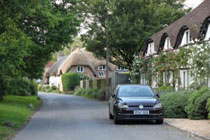
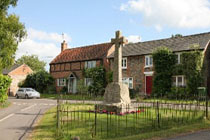
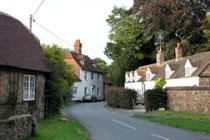
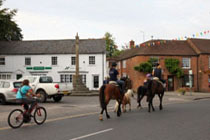
.jpg)
.jpg)
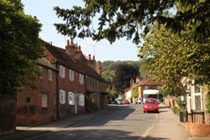
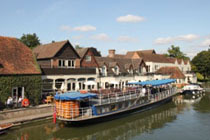
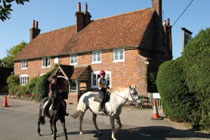
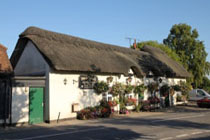
.jpg)
.jpg)
.jpg)
.jpg)
.jpg)
.jpg)
.jpg)
.jpg)
.jpg)
.jpg)
.jpg)
